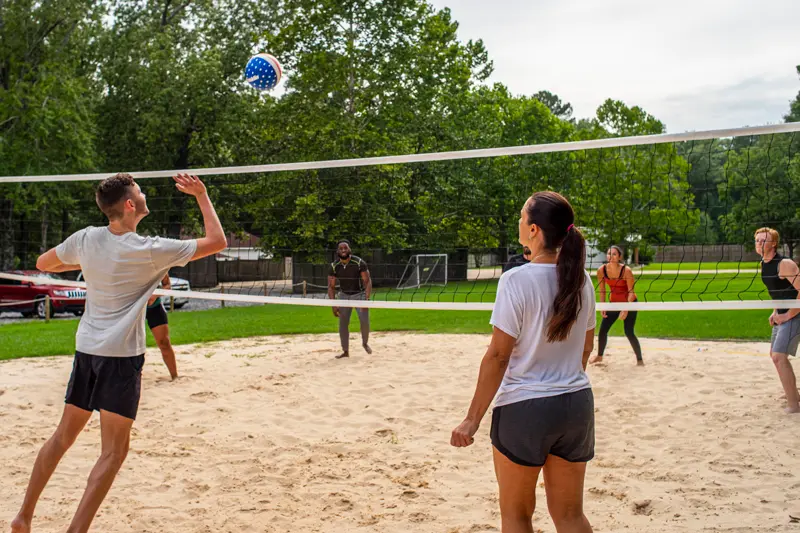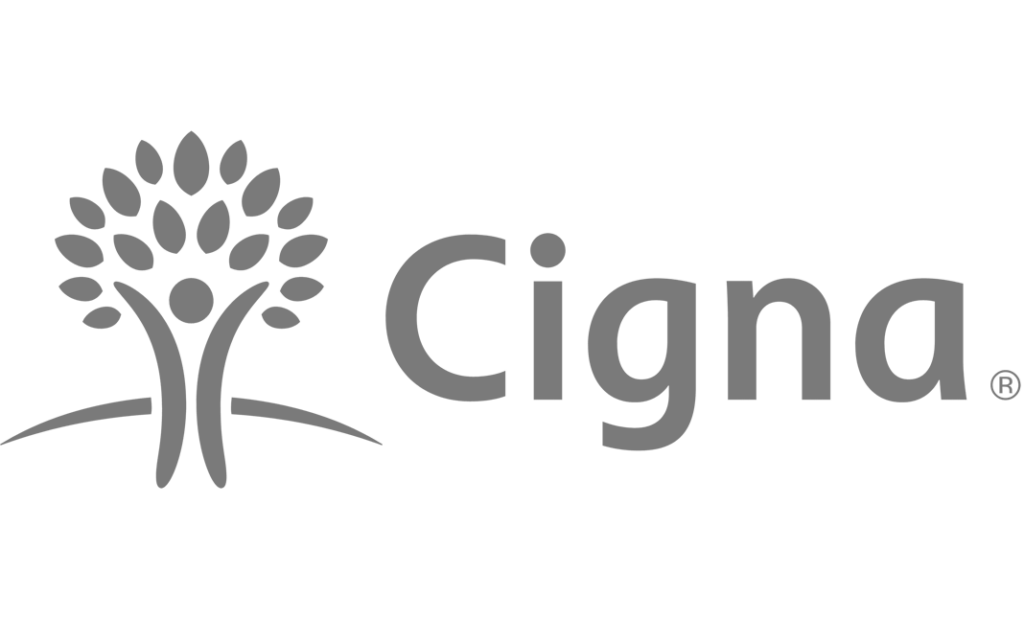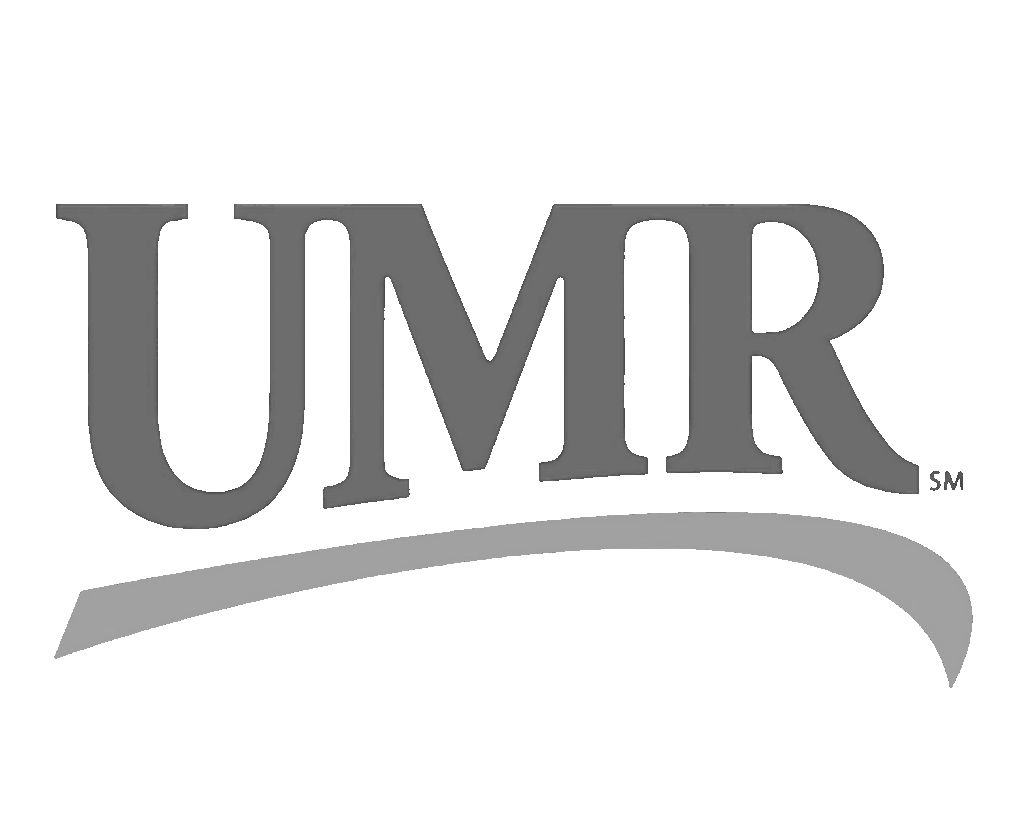Marijuana is the dried leaves and flowers of the cannabis sativa or cannabis indica plant. Cannabis use can look very different depending on the way an individual consumes the substance. The plant is harvested, dried, and cut up or ground to be smoked, it can also be ingested in “edibles”, or baked goods, teas, and candies containing THC (tetrahydrocannabinol), the intoxicating chemical found in the cannabis plant. Other products are sold in numerous forms containing the non-intoxicating chemical cannabidiol (CBD). Cannabis can also be concentrated into a resin or sap-like form known as “dabs”, which produces an intense high due to being heavily condensed. Smoking the vapor produced from heating (vaping) the resin is increasing in popularity today [1].
In recent years, there have been major changes in policies governing the legality of marijuana for both medicinal and recreational use. Some states have legalized the recreational use of marijuana, while others approve only medical use, and in most states marijuana in any form remains illegal. Currently, the U.S. Food and Drug Administration has only approved one medication containing CBD to treat a rare form of epilepsy, and many widely sold products are being marketed with false advertising and health benefits claims [2]. Contrary to generally accepted belief, marijuana is addictive and carries both short and long-term effects [3]. Statistically, about 1 in 10 adults who regularly use marijuana will become addicted, and in children under 18 the number increases to 1 in 6 [1].
Marijuana Abuse Signs
The chemical that is intoxicating in marijuana is known as THC, or tetrahydrocannabinol. It is carried into the bloodstream through either the lungs (via smoking and vaping) or through the digestive system (via edibles and dabs) and then to the brain and rest of the body. The chemicals cause the receptors in the brain to respond too much, creating the psychoactive effect. The effects are not felt immediately, and can take 30 minutes to 1 hour to be felt. The levels of THC in marijuana have been increasing steadily over the last 20 years, and with the introduction of high potency cannabis products, especially vaping and edibles, there is increased risk of overdose requiring immediate medical attention. Cannabis in any form is a psychoactive, or hallucinogenic, and impairs memory and distorts a person’s perception. Other effects include:
- Changes in senses ( ex: seeing brighter colors)
- Slowed reaction time
- Heart rate increase
- Appetite Changes
- Mood changes (anxiety)
- Coordination problems
- Problem-solving and critical thinking impairment
- Memory impairment
When taken in high doses, effects can include:
- Hallucinations
- Delusions
- Acute psychosis [4]
Long term effects, especially when use begins earlier in life, can cause permanent alterations in memory and learning ability (ie, lowered IQ). Physical problems, especially in the lungs and heart, are also common.
Marijuana addiction is classified by the National Institute on Drug Addiction (NIDA) as the inability to stop using the drug even when it interferes with many aspects of life, such as work, physical or mental health, or relationships with others.
Marijuana Withdrawal and Detox
Withdrawal symptoms are not life-threatening, and generally appear in 24-48 hours after last use, and peak in a week or so, lasting up to 14 days. Sleep issues can persist for 30 days or more. Symptoms of cannabis withdrawal can include[5]:
- Irritability and mood swings
- Intense cravings
- Sleep problems (especially insomnia)
- Headaches
- Appetite and weight changes
Treatment and Rehab Process
The treatment process begins with a short stay in medically monitored detox, where the substances causing intoxication can be safely stopped. After detox, living in a residential treatment center for a period of time offers an environment that is structured and free from problematic people, places and things that may endanger the early recovery period. While in treatment, clients have access to a variety of therapies including individual and group counseling, nutritional care, stress-relieving, and wellness activities, and continued support that focuses on the individual as a whole throughout their stay.
A thorough assessment is conducted upon arrival to treatment to fully understand the client’s personal history, medical concerns, and the extent of their addiction. This process allows the treatment team to make informed choices to collaborate and provide the best care for each client.
Aftercare
Working as a team with their therapist, clients begin building a written aftercare plan throughout their residential stay. Planning for continued therapy on an outpatient basis, support group meetings, healthy living and working environments, and any other concerns about continued recovery are addressed in the individualized aftercare plan. This important step sets the client up for success and arms them with an easy to access strategy for when the stresses of life outside a treatment facility occur.
References
[1] Centers for Disease Control, 2019, https://www.cdc.gov/marijuana/index.htm
[2] U.S. Food and Drug Administration, November 25,2019, https://www.fda.gov/consumers/consumer-updates/what-you-need-know-and-what-were-working-find-out-about-products-containing-cannabis-or-cannabis
[3] National Institute on Drug Abuse (NIDA), 2019, https://www.drugabuse.gov/publications/research-reports/marijuana/letter-director
[4] NIDA, 2019, https://www.drugabuse.gov/publications/drugfacts/marijuana
[5]Substance Abuse and Rehabilitation, 2017, https://www.dovepress.com/the-cannabis-withdrawal-syndrome-current-insights-peer-reviewed-fulltext-article-SAR
























